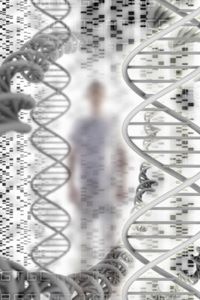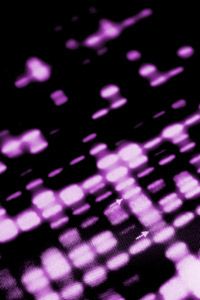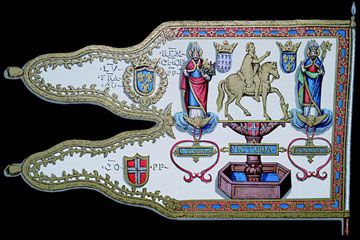Have you ever wondered about the origins of your family or tried to create a family tree? Just a few years ago, researching your family might mean lots of legwork. You might have to visit graveyards, libraries and courthouses in several towns. Then, you'd search through records to match up names and fill in gaps. The process, while rewarding, is daunting.
Science and technology have made it easier to get an idea about your origins. True genealogical research still takes work, but you might not have to travel quite as much to get the same results. Many towns have begun to make their records available online. And if that's not enough, dozens of companies now offer to examine your DNA to help you learn more about your ancestry.
Advertisement
Humans share about 99.9 percent of the same sequence of DNA. Only about 0.1 percent of the sequence is different among various groups of humans [source: Skloot]. Regional populations of humans tend to share many of the same genetic markers. By comparing your DNA to a database filled with other subjects' DNA sequences, genetic testing companies can give you an idea of where your ancestors came from.
It's important to note that the information you get from a DNA genealogy test is general and probabilistic. That means the answers are based on statistical probabilities -- they aren't hard and fast facts. While some genetic markers may be commonly found in one particular population, that doesn't mean they're unique to that people. It just means you're statistically more likely to be related to those people than other groups.
If you're submitting just your own DNA, you'll get results that will tell you more about your genetic makeup. If you're male, you can perform a Y-DNA test to find out where your paternal line comes from (women lack the Y chromosome ). Men and women can perform a mitochondrial DNA (or mtDNA) test to learn about where their maternal line comes from. You can even determine if you're related to someone specific if you're able to submit DNA samples from you and the other person.
As companies build out their databases, they uncover more information about human populations. In fact, your DNA haplogroup -- the genetic population you belong to -- might change. This doesn't mean your DNA changes. It just means that as we learn more about our ancestors we refine our definitions and classifications.
Advertisement




